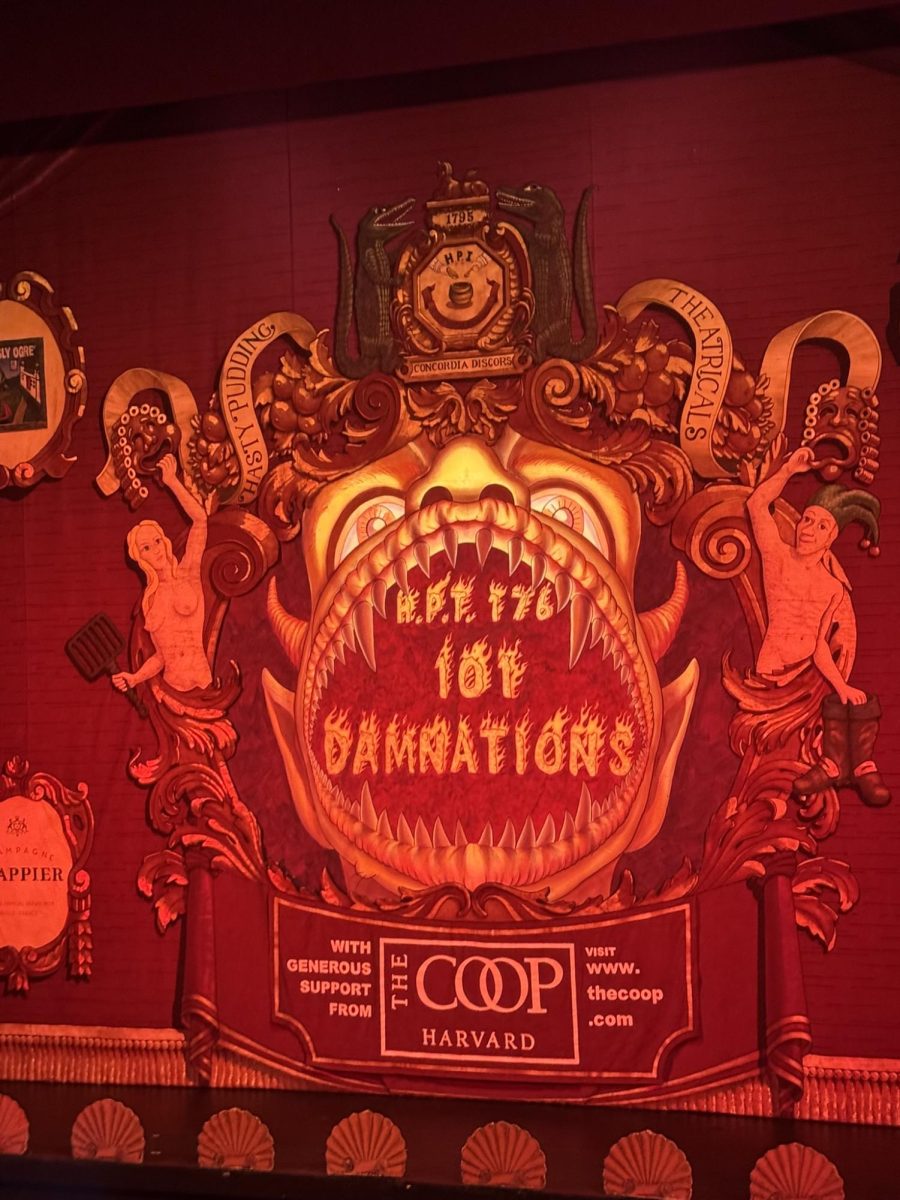Chances are that if you’ve sat down to watch The Revenant in theaters recently, you may have noticed the dark, eerie soundtrack that has accompanied the movie. It’s a gorgeous soundtrack. With heavy, mournful strings driving the recurring theme and electronic sounds punctuating other tracks, The Revenant’s original music, scored collaboratively by Ryuichi Sakamoto, Alva Noto, and Bryce Dessner is no traditional orchestral soundtrack.
Ryuichi Sakamoto has been in the music scene for over four decades and is widely recognized, perhaps, by those who’ve studied experimental Japanese electronic music or are avid cinephile soundtrack geeks. However, with his recent scoring of Alexander Inñaritu’s Oscar- nominated drama The Revenant, it is anticipated that Sakamoto’s name will soon become better recognized by fans of more iconic film score composers such as John Williams and Hans Zimmer.
Before venturing into writing soundtracks, Sakamoto was part of Japanese electronic music group Yellow Magic Orchestra while also pursuing a career as a solo composer and artist. His works, which feature the piano and an array of electronic instruments, are often of the contemporary, experimental type– extremely ponderous and minimalistic. However, to put Sakamoto’s music into one category would be disrespectful. Just as any musical artist grows and changes through time, Sakamoto’s work in recent years has gone in many directions as well. Starting in 1983 with his soundtrack for the British-Japanese film “Merry Christmas, Mr. Lawrence,” Sakamoto has maintained a healthy and prolific career as a film score composer beyond his native Japan. His work on the original score for the 1987 film “The Last Emperor” earned him an Academy Award, and from there he has continued to accumulate several Golden Globe, Oscar, and Grammy awards and nominations for his work on various movies.
Despite there being several collaborators on the original soundtrack for “The Revenant”, Sakamoto’s role in its creation was fundamental. As Dessner, member of The National and co-collaborator on the soundtrack explains, “the score is really woven around [Sakamoto],” “But it’s a very big movie. The movie itself is vast and kind of has many different sort of sounds and textures. And it made a lot of sense, I think, eventually, for the film itself to incorporate other voices into the score.” His soundtrack for “The Revenant” in particular is one of this past year’s most intriguing film music works. Director Alexander Inñaritu wanted the soundtrack to have layers of both acoustic and electronic sounds, and as a result, Sakamoto collaborated with accomplished experimental electronic composer Alva Noto to compose a soundtrack complete with an eclectic combination of glassy orchestral work and electronic synths. For example, “Out Of Horse” is unique because of its eerie, flute-like melody played on the ondes martenot accompanied by traditional strings. Other notable tracks include “Killing Hawk,” which has needle-inspired sound effects that will make your senses tingle, “Cat and Mouse,” which begins with white-noise-inspired electronic sounds and then gradually descends into a scratchy, ponticello-powered conversation between lower and upper strings and bell- powered beating, and “Final Fight” with its unsettling drum and chromatic cello opening.
Whether or not you were a fan of the movie, going into theaters to see “The Revenant” is a rich cinematic experience complete with a complex and nuanced soundtrack. But unlike the works of John Williams or Alexandre Desplat, Ryuichi Sakamoto’s soundtrack will serenade you into edgy territory dominated no longer by traditional acoustic instruments.



